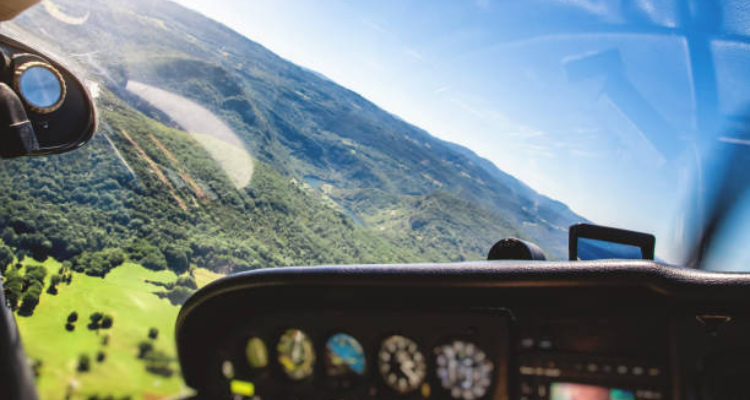
Aircraft cockpit design has evolved immensely since the inception of aviation. With advancing technology, the focus has shifted towards increasing automation, enhancing safety, and improving pilot situational awareness. This article delves into emerging technologies that are shaping the cockpit of the future, promising to revolutionize the way pilots interact with their aircraft.
Glass Cockpit
Gone are the days of analogue gauges and instruments; the glass cockpit is the new norm. Featuring advanced Electronic Flight Instrument Systems (EFIS), glass cockpits offer real-time information with high-resolution displays, thus enhancing pilot awareness and reducing workload.
Augmented Reality (AR)
Augmented reality technology overlays digital information onto the real world, providing pilots with contextual, real-time data. AR can assist in complex maneuvers like landing in poor visibility, by superimposing the ideal flight path directly onto the windscreen.
Voice-Activated Controls
Voice recognition technology is not new, but its incorporation into aircraft cockpits is a significant leap. Pilots can control various systems and access vital information through voice commands, reducing the need to manipulate knobs and switches manually.
Artificial Intelligence (AI) & Machine Learning
AI-powered systems can analyse vast sets of data to predict and counteract potential issues before they become critical. Machine learning algorithms can adapt to pilot preferences and behaviour, offering tailored assistance and reducing human error.
Adaptive Automation
Automation in cockpits is not new, but adaptive automation takes it to a new level. These systems can gauge the pilot's workload and adapt accordingly, taking over routine tasks during high-stress situations or reverting control when the pilot is more engaged.
Touchscreen Interfaces
The rise of intuitive touchscreen interfaces in cockpits signifies a shift towards more user-friendly control systems. They simplify complex actions, making it easier for pilots to access the features and information they need.
Frequently Asked Questions
What is a glass cockpit?
A glass cockpit replaces traditional analogue gauges with advanced electronic displays, providing real-time information to enhance pilot awareness.
How does augmented reality benefit cockpit design?
Augmented reality overlays digital information onto the real world, assisting pilots in complex manoeuvres and improving situational awareness.
What is the role of AI and Machine Learning in cockpit design?
AI and Machine Learning can adapt to pilot behaviour and preferences, offering tailored assistance and reducing the risk of human error.
Conclusion
The aircraft cockpit is undergoing a radical transformation, fuelled by advancements in technology. These emerging technologies aim to make flights safer, more efficient, and more comfortable for both pilots and passengers. As these innovations become standard, the aircraft cockpit of tomorrow will look vastly different from that of today.
